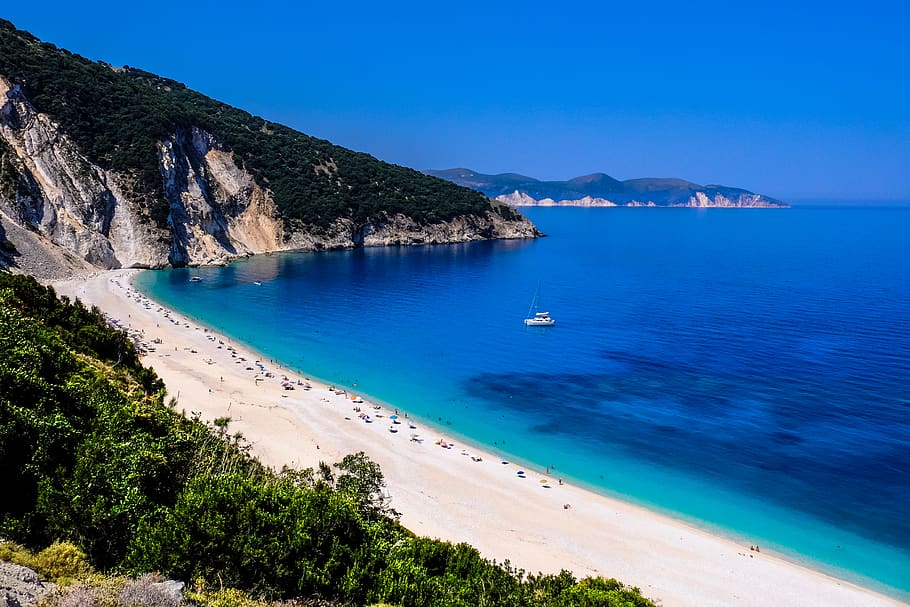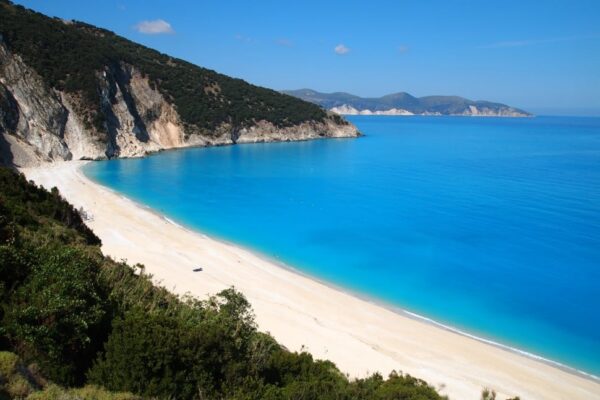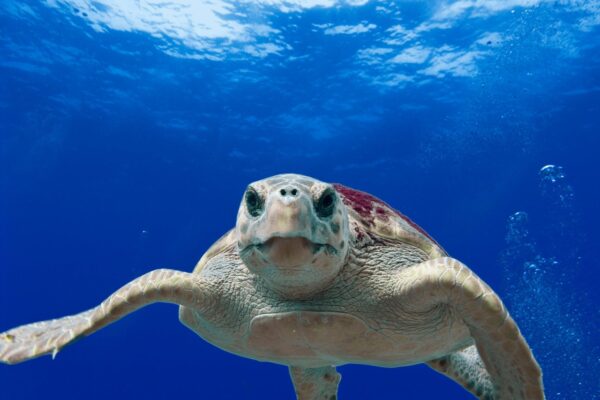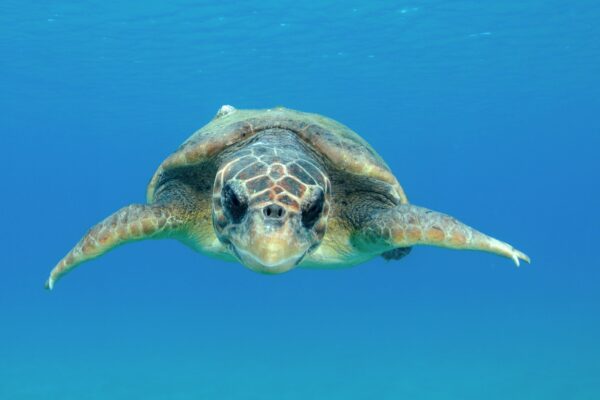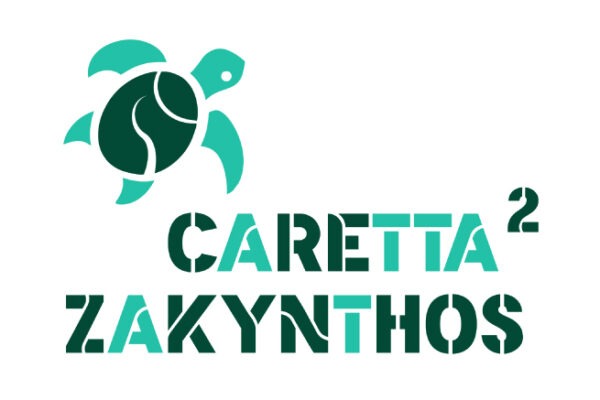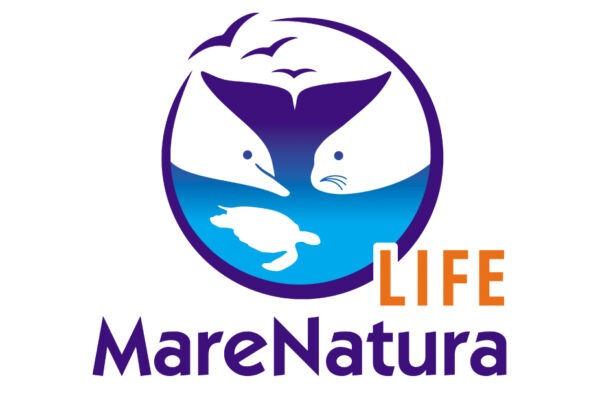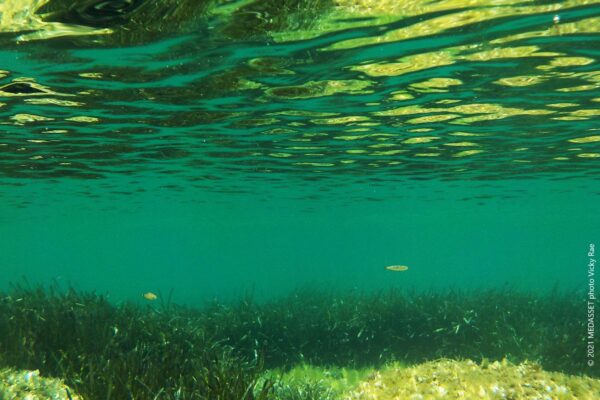Accidental captures at sea: Interaction between loggerhead turtles and the commercial swordfish fleets operating in the Ionian Sea
MEDASSET and Archipelagos -Environment and Development (formerly “Archipelagos -Marine and Coastal Management”) were the first NGOs to initiate research related to marine turtles and their interaction with anthropogenic disturbances at sea, where they spend most of their life.
The main objective of the 7-year study designed and organized by Archipelagos, was the assessment of the impact of swordfish fisheries on marine turtles and particularly on C. caretta in the Ionian Sea (Greece), which is one of their main concentration areas during the nesting season. Nesting season for loggerheads coincides with the peak of swordfish fishing season in the Ionian. During the survey valuable data on the composition of the C. caretta population in the Greek Ionian Sea, including the fraction that never comes ashore for nesting, together with data on their spatial and temporal distribution patterns was collected.
During the study incidental by-catches of marine turtles on surface long-lines for fishing swordfish (Xiphias gladius) were regularly recorded for 7 consecutive years for a total of 5 vessels based in Kefalonia Island, in the Ionian Sea, Greece. Altogether, 157 loggerhead turtles were caught in 142 out of a total of 785 fishing trips (18.1%). The great majority of the animals (77%) were small sized or sub-adults; only 15% were adult animals. A decline in the frequency of incidental catches of the total period of investigation was indicated. At the time of the study, it was shown that swordfish fishery may affect less severely the turtle population in the Ionian Sea compared to the loss of habitat and mortality caused by other factors.



